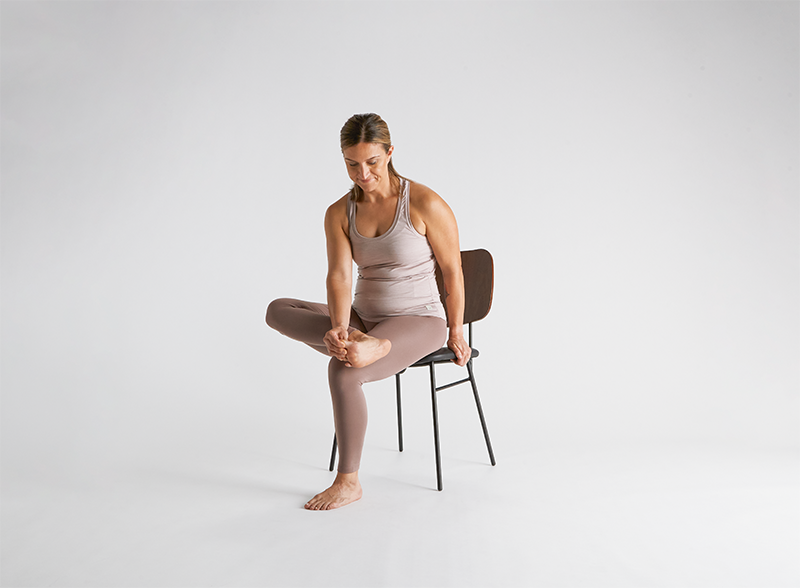6 Ankle Mobility Exercises Recommended by Physical Therapists
Learn about the importance of ankle mobility exercises and discover the moves recommended by physical therapists.
$0 costo para usted
Fecha de Publicación: Jul 2, 2024
El índice
Fully covered foot or ankle pain relief
Find relief from foot pain, ankle pain, plantar fasciitis, & more.
Check if I'm eligible